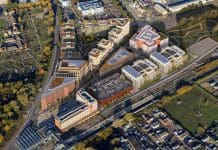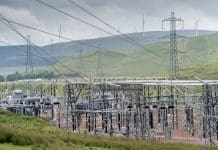Aston University researchers are exploring the possibility of utilising fibre optic monitors, in conjunction with AI, to monitor infrastructure and natural hazards
Aston University is running a project to explore whether fibre optic monitors can be used to monitor infrastructure and detect natural hazards.
The project is funded by Horizon Europe Research and Innovation Action for £5.5m.
The project will utilise existing fibre optic networks
The project intends to convert existing fibre optic cables into sensors that are able to assess the quality of a building’s infrastructure, as well as detect natural disasters such as earthquakes and tsunamis.
The project, titled ECSTATIC (Engineering Combined Sensing and Telecommunications Architectures for Tectonic and Infrastructure Characterisation), uses new digital signal processing integrated with artificial intelligence.
This will overcome data storage limitations and processing limits within the existing data networks.
This will also minimise the algorithm’s complexity and give accurate and real-time information on the state of infrastructure and the state of events that can be monitored through the ground or infrastructure that the cables are installed in.
The project will be delivered by a consortium of 14 partners
The new laser interrogation and signal processing technologies will be tested in existing fibre optic networks, including ones underwater, in cities, and along railway infrastructure to test their monitoring capabilities.
The research is being undertaken by 14 partners from seven different countries, from both academic and non-academic sectors.
The team will be led by professor David Webb, based at the University of Aston in the Aston Institute of Photonic Technologies.
Professor Webb said: “There are more than five billion kilometres of installed data communications optical fibre cable, which provides an opportunity to create a globe-spanning network of fibre sensors, without laying any new fibres.
“These traverse the seas and oceans – where conventional sensors are practically non-existent – and major infrastructures, offering the potential for smart structural health monitoring.”






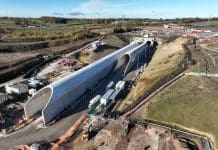
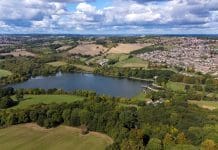


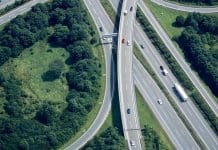
![[VIDEO] Cambridge waste water plant granted permission to relocate Artist impression of the new Cambridge waste water plant and surrounding land](https://www.pbctoday.co.uk/news/wp-content/uploads/2025/04/p.151-768x364-1-218x150.jpg)

